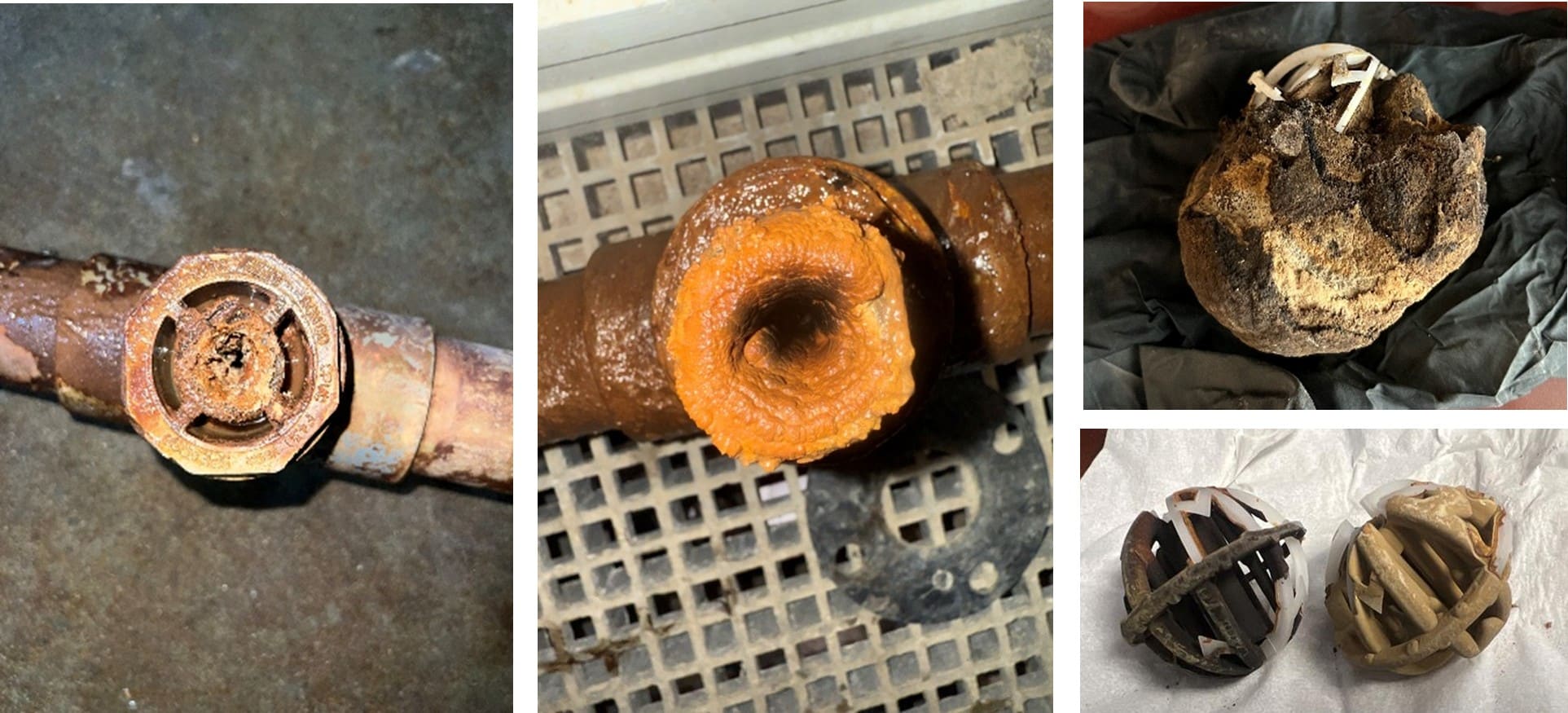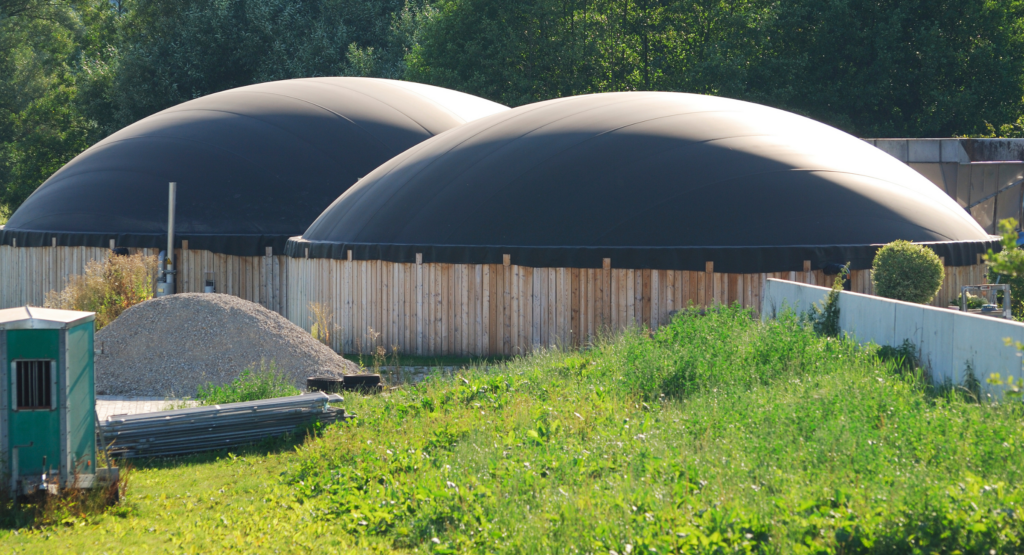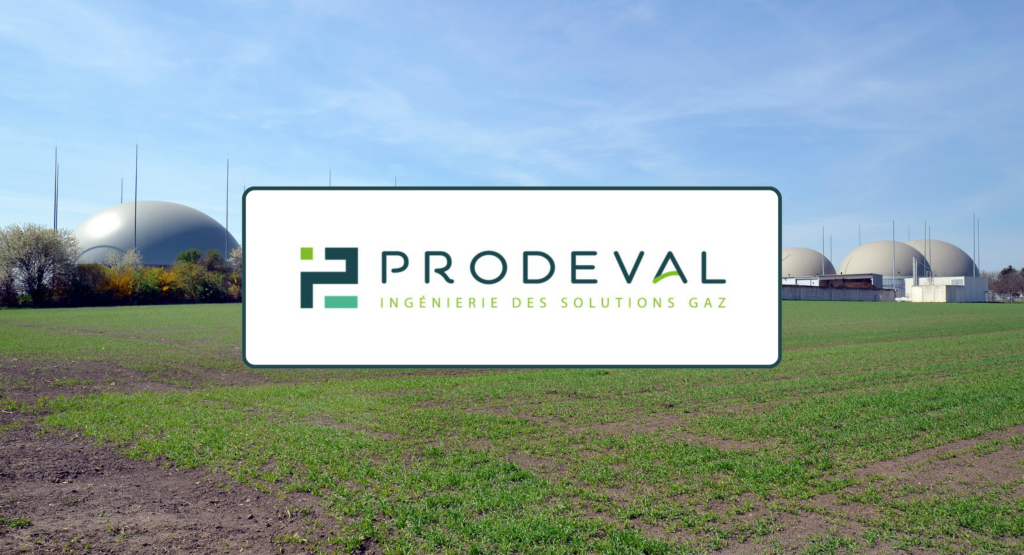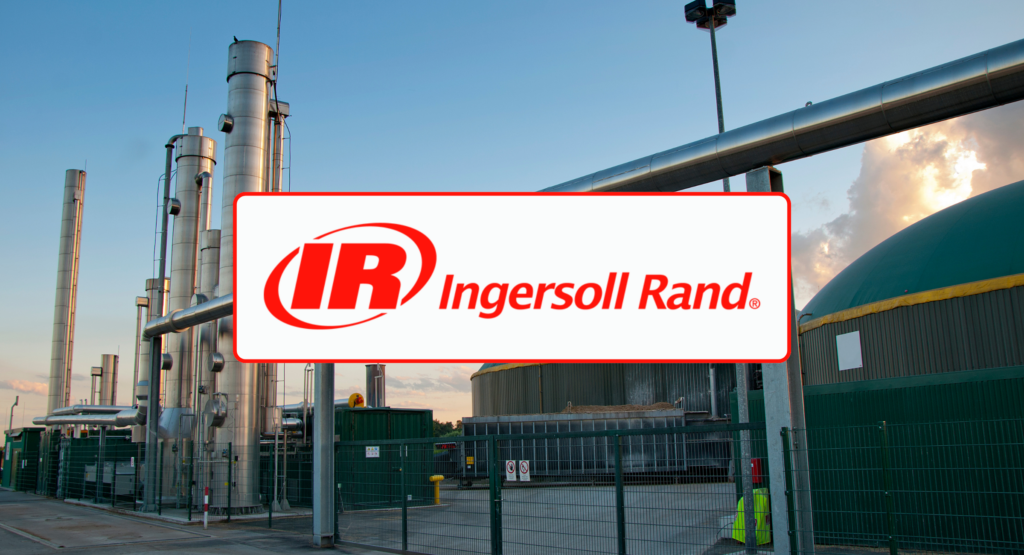Tackling Scaling in Ammonia Strippers with Plant-Based Chemistry

By TGWT Clean Technologies
TGWT Clean Technologies is a Canadian leader in sustainable water treatment, offering innovative, plant-based solutions for industrial and institutional applications.
With two decades of expertise in biopolymer technology and the support of our TanninGuys international distribution network, we help our partners tackle scaling, corrosion and fouling challenges—true to our mission of making water treatment simple, sustainable, and profitable.
By defying the status quo, TGWT is building a more sustainable future for water treatment and the industries it serves.
The Challenge: Fouling in Biogas Ammonia Stripping Units
Among industrial processes prone to scaling and fouling, ammonia stripping units in biogas plants are especially vulnerable. The effluent exiting the anaerobic digester is a chemically complex wastewater stream.
Coupled with operational factors like high pH and elevated temperatures, these conditions create an ideal environment for the precipitation of mineral deposits, particularly calcium carbonate.
The consequences are costly: scaling reduces ammonia removal efficiency, increases downtime, and accelerates equipment wear. At its worst, recovery rates can fall below regulatory limits, leaving operations burdened with constant maintenance.
A Plant-Based Solution in Action
In 2024, TGWT partnered with CTBM (Centre de traitement de la biomasse de la Montérégie), a pioneering biogas facility in the province of Quebec, to address recurring scaling issues in their ammonia stripping unit.
Spray nozzles and upstream heat-exchangers were frequently clogging, stripping column media was fully encrusted (Figure 1), and ammonia removal hovered between 50–60%.
Following a detailed assessment, the TGWT team recommended the TG 3608, a proprietary, plant-based antiscalant designed for aggressive scaling conditions.

Measurable Results
Since its implementation in October 2024, the benefits have been substantial:
• Ammonia recovery improved to a steady 70–75%
• Preventive cleaning of spray nozzles has been reduced from daily to once a week
• Cleaning frequency for heat exchangers has dropped from every 2–3 months to just twice a year. Coupled with a 4 °C gain in delta temperature, this has resulted in $15,000 in yearly energy savings.
• No visible scale has formed since TG 3608 dosing began (Figure 2)
• Caustic soda consumption has been reduced by 15%, adding to chemical cost savings

Looking Ahead
This case highlights the potential of plant-based chemistry to restore and maintain critical equipment in biogas plants.
TGWT continues to expand its product line to address other challenging deposits like struvite, helping the renewable energy sector move toward more resilient and sustainable operations.
For more information, read our USA Biogas Magazine.





Comments